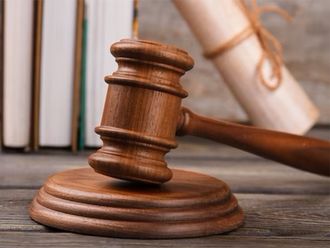MADRID: Gibraltar sits on the very southernmost tip of Spain where the Atlantic Ocean meets the Mediterranean. The rocky limestone outcrop is a British overseas territory whose citizens have United Kingdom citizenship.
The territory is self ruling in all matters except defence and foreign policy, and the UK maintains a military garrison and naval base there.
The territory was ceded to Britain in 1713 under the terms of the Treaty of Utrecht. Spain, however, considers it to be Spanish territory, and has contested its status consistently.
Gibraltar has been an important naval base for more than ten centuries, and it takes its name from “Jebel Tariq”, after the Muslim commander Tariq Ibn Ziyad, who turned the limestone outcrop into a formidable fortress and seaport in 711.
Disputes between the UK and Spain over Gibraltar have led to a series of tension, articular while Spain was under the rule of dictator Francisco Franco, from 1936 to 1974. In 1969, the territory held a referendum on its status and a new constitution, with the overwhelming majority voting to remain a British overseas territory.
The European Union has urged both the UK and Spain to negotiate the issue, and in 1985, the land crossing was reopened.
A second referendum on Gibraltar’s status in 2002 rejected the notion of joint-sovereignty with Spain.
Much of the territory’s income is now derived from its low-tax status, offshore gambling sites, financial services and the provisioning of ships.
Number: 96% of Gibraltarians voted in favour of the UK remaining in the European Union in the 2015 Brexit referendum.











